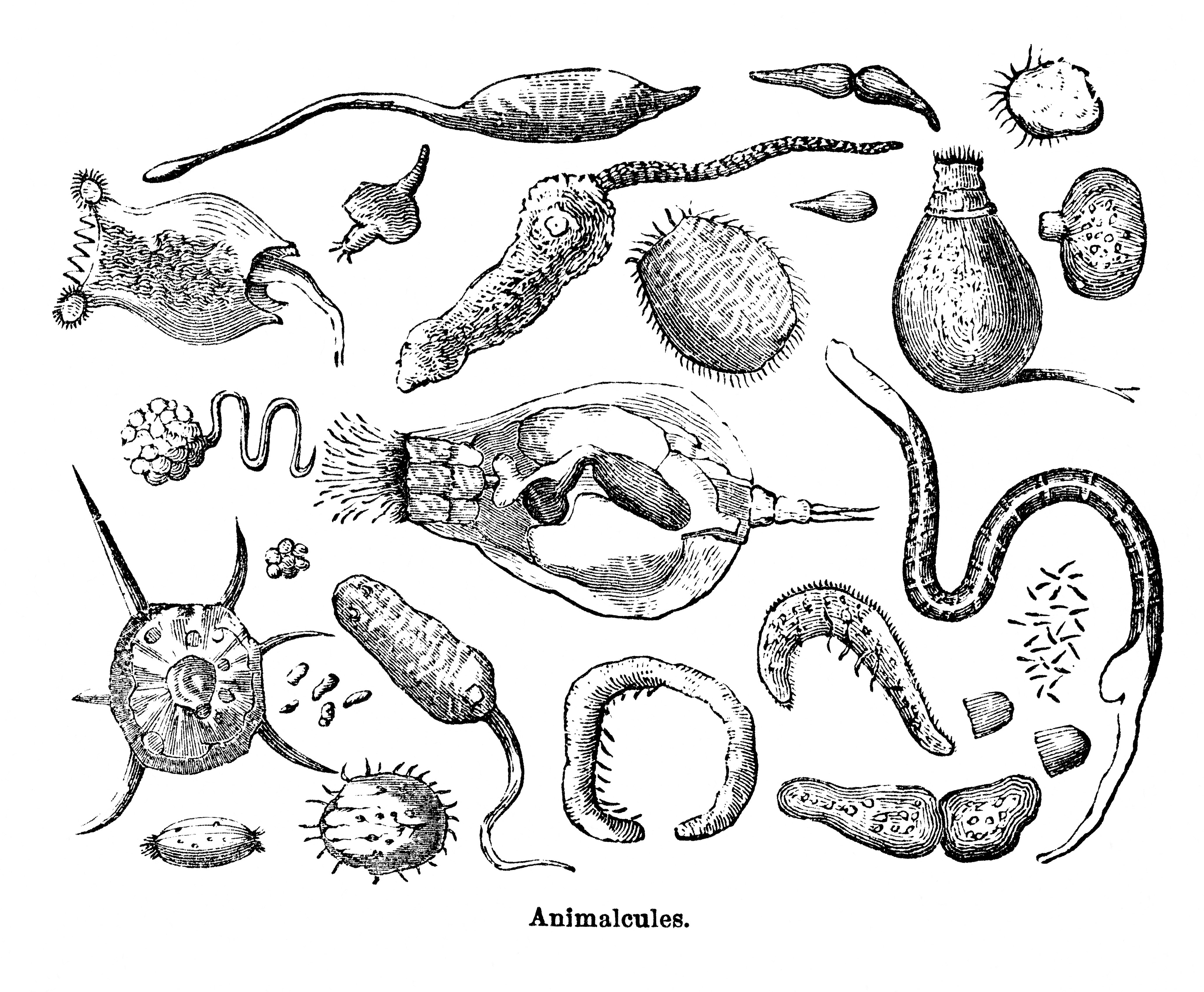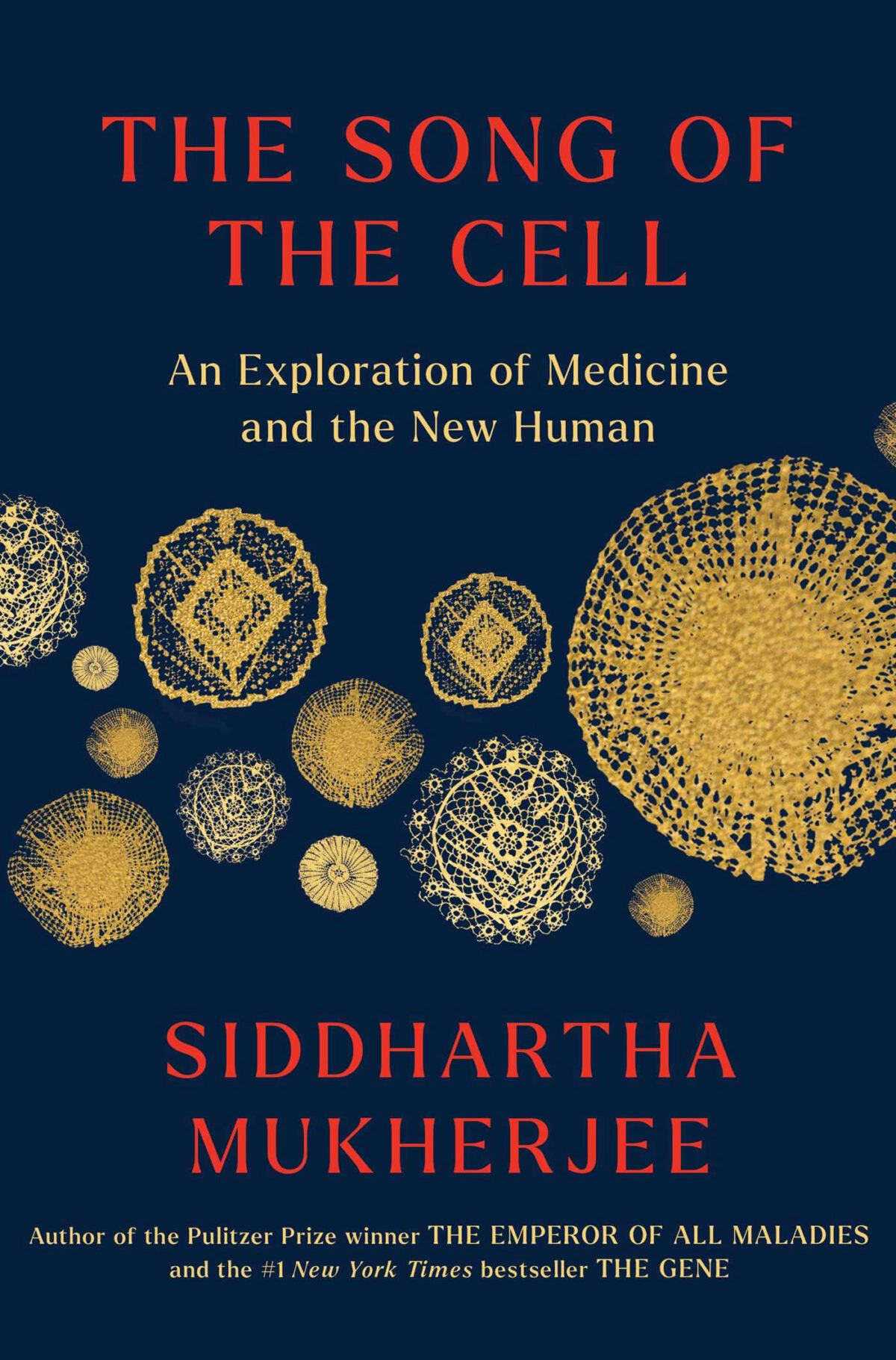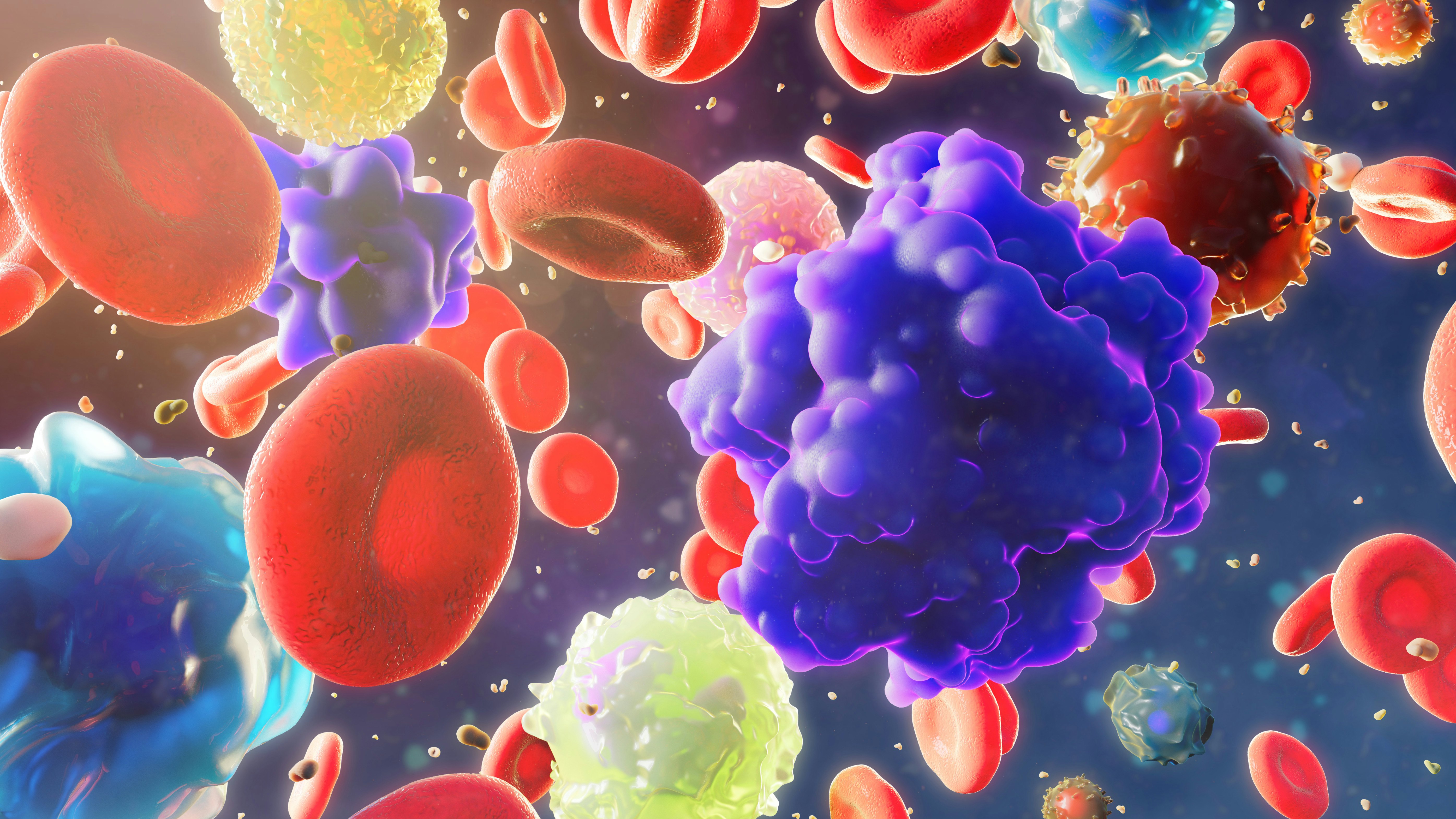
In his latest book, the oncologist and acclaimed writer Siddhartha Mukherjee focus his narrative microscope on the cell, the elementary building block from which complex systems and life itself emerge. It is the coordination of cells that allows hearts to beat, the specialization of cells that create robust immune systems, and the firing of cells that form thoughts.
“We need to understand cells to understand the human body,” Mukherjee writes. “We need them to understand medicine. But most essentially, we need the story of the cell to tell the story of life and of ourselves.”
His account, The Song of the Cell, reads at times like an artfully written biology textbook and at times like a philosophical tract. Mukherjee starts with the invention of the microscope and the historical origins of cell biology, from which he dives into cellular anatomy. He examines the dangers of foreign cells like bacteria and of our own cells when they misbehave, are hijacked, or fail. He then moves into more complex cellular systems: blood and the immune system, organs, and the communication between cells.
“The human body functions as a citizenship of cooperating cells,” he writes. “The disintegration of this citizenship tips us from wellness into disease.”

At each step, he’s careful to draw a clear line from the discovery of cellular functions to the therapeutic potential they hold. “A hip fracture, cardiac arrest, immunodeficiency, Alzheimer’s dementia, AIDS, pneumonia, lung cancer, kidney failure, arthritis — all could be reconceived as the results of cells, or systems of cells, functioning abnormally,” Mukherjee writes. “And all could be perceived as loci of cellular therapies.”
Understanding how electrical currents affect neurons, for example, led to experiments using deep brain stimulation to treat mood disorders. And T-cells, the “door-to-door wanderers” that travel through the body and hunt for pathogens, are being trained to fight cancer as doctors better understand how these wanderers discriminate between foreign cells and the “self.”
Mukherjee, who won a Pulitzer Prize for his 2010 book The Emperor of All Maladies, is an engaging writer. He skillfully picks out the human characters and the idiosyncratic historical details that will grab readers and hold them through the drier technical sections. Take, for instance, his long discourse on the amateur and academic scientists who toyed with early microscopes. Among descriptions of lenses and petty academic fights (some things, it seems, are eternal), Mukherjee adds the delectably lewd anecdote that in the 17th century, the Dutch trader and microscope enthusiast Antonie van Leeuwenhoek trained his scopes on, among other things, his own semen and the semen of someone infected with gonorrhea. In those samples, Leeuwenhoek saw what he called “a genital animalcule,” and what we now call spermatozoa, “moving like a snake or an eel swimming in water.”
Cellular case studies

Just as Mukherjee draws clear connections between scientific discoveries and potential therapeutics, he also excels at showing the high stakes of these treatments by drawing on case studies and vivid examples from patients he’s seen over the course of his career. There is Sam P., who jokes that his fast-moving cancer will spread by the time he walks to the bathroom; and M.K., a young man ravaged by a mysterious immune disorder, whose father trekked through the snow to Boston’s North End to buy his son’s favorite meatballs and ferry them to the hospital.
And there is Emily Whitehead, who, as a child, suffered from leukemia and whose cells are stored inside a freezer named after The Simpsons character Krusty the Clown. Some cells were genetically modified to recognize and fight off Whitehead’s disease. The success of that therapy, called CAR-T, heralded a change in cancer treatments, and Whitehead became the miraculously healthy result of centuries of scientific inquiry. “She embodied our desire to get to the luminous heart of the cell, to understand its endlessly captivating mysteries,” Mukherjee writes. “And she embodied our aching aspiration to witness the birth of a new kind of medicine — cellular therapies — based on our deciphering the physiology of cells.”
As if forays into oncology, immunology, pathology, the history of science, and neurobiology weren’t enough, Mukherjee also gets to really big questions about the ethics of cellular therapies, the meaning of disability, perfectionism, and acceptance in a world where all physical features might be altered — and even the nature of life itself. “A cell is the unit of life,” he writes. “But that begs a deeper question: What is ‘life?’”
In some ways, the cell is the perfect vessel in which to travel down these many winding, diverging, and intersecting paths. Cells are the site of some incredible stories of research, discovery, and promise, and Mukherjee gives himself ample room to investigate a diverse array of biological processes and interventions. But in trying to encompass everything that cells can be and do — both metaphorically and literally — Mukherjee ends up failing to fully explore these deep questions in a satisfying way.
It doesn’t help that he leans so heavily on metaphor. The cell is a “decoding machine,” a “dividing machine,” and an “unfamiliar spacecraft.” He likens cells to “Lego blocks,” “corporals,” “actors, players, doers, workers, builders, creators.” T-cells alone are described as both a “gumshoe detective” and a “rioting crowd disgorging inflammatory pamphlets on a rampage.” Not to mention the many cell metaphors Mukherjee quotes from others. Creating imagery readers can understand is an invaluable part of any science writer’s playbook, but so many images can also be distracting at times.
“New humans”
The final section grapples with the implications of enhanced humans who benefit from cellular tinkering. These “new humans” are not cyborgs or people augmented with superpowers, Mukherjee clarifies. When introducing the idea at the outset of the book, he writes, “I mean a human rebuilt anew with modified cells who looks and feels (mostly) like you and me.” But by engineering stem cells so that a person with diabetes can produce their own insulin or implanting an electrode in the brain of someone suffering from depression, Mukherjee posits that we’ve changed them in some fundamental way. Humans are a sum of their parts, he writes, but cell therapies cross a border, transforming people into a “new sum of new parts.”
This section echoes a famous philosophical thought experiment about the Ship of Theseus. Theseus left Athens in a wooden ship that, over the course of a long journey, had to be repaired. Sailors removed rotting wood and replaced the broken oars. By the time the ship returned, none of the original wood remained. Philosophers have debated the nature of the ship for centuries: Is the repaired ship the same as the one that left Athens, or is it a new ship altogether?
The same question might be asked of Mukherjee’s “new humans.” How many cells must be altered in order to render us new? Do certain cells matter more than others? Or do humans possess some kind of inherent integrity — a conscience, a soul — that affects these calculations?
Mukherjee never fully arrives at an answer, but his book’s title may allude to one, recalling Walt Whitman’s “Song of Myself,” an ode to the interconnectedness of beings. Mukherjee urges scientists to abandon the “atomism” of examining only isolated units — be they atoms, genes, or cells — in favor of a comprehensive approach that appreciates the whole of a system or of a being.
“Multicellularity evolved, again and again, because cells, while retaining their boundaries, found multiple benefits in citizenship,” he writes. “Perhaps we, too, should begin to move from the one to the many.”
This article was originally published on Undark by Sara Harrison. Read the original article here.







